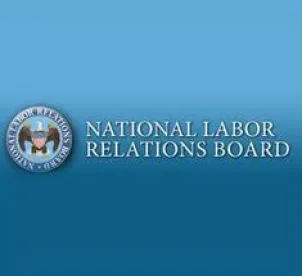The National Labor Relations Board (“NLRB”) on Monday concluded that employers, absent special circumstances, can no longer enforce neutral uniform or company shirt policies in a manner that “in any way” prohibits employees from wearing union shirts, hats or other union clothing. In a split decision applying this rule, the NLRB found that the National Labor Relations Act was violated when an employer required employees to wear company t-shirts or all black clothing in its manufacturing facilities in a manner that prohibited them from wearing union shirts. Tesla, Inc., 371 NLRB No. 131 (Aug. 29, 2022).
Relying on Supreme Court precedent that employees have a protected right to display union insignia and other work-related messages on their clothing, the NLRB overruled more recent NLRB cases and held that union apparel should be treated no differently than union buttons and stickers added to a uniform. Accordingly, any employer interference with wearing union or other protected clothing at work (as well as displaying buttons or pins) is now presumptively unlawful, unless an employer can show “special circumstances” justifying a ban.
The NLRB gave little guidance to employers on when, where and how employers can show special circumstances. The decision suggests uniform policies will be very difficult to justify in manufacturing settings absent a demonstrable safety or production quality concern. The NLRB did suggest that healthcare institutions may still be able to enforce dress codes to prohibit union clothing and insignia in patient care areas. The NLRB also suggested that some union or other protected messages may be so inflammatory or offensive that they can be banned, though the bar for such slogans has always been high. For employers with customer-facing employees, the NLRB also seemed to leave the door open in future cases. Older decisions have found uniform policies are more defensible when applied to employees who regularly interact with customers so long as they are afforded the right to add buttons or stickers to their uniform. Whether this will change remains to be seen in future cases.
Interest in the case is high, and we anticipate that a review of the NLRB’s decision will be sought in the courts.
Greg Ripple also contributed to this article.



 />i
/>i
